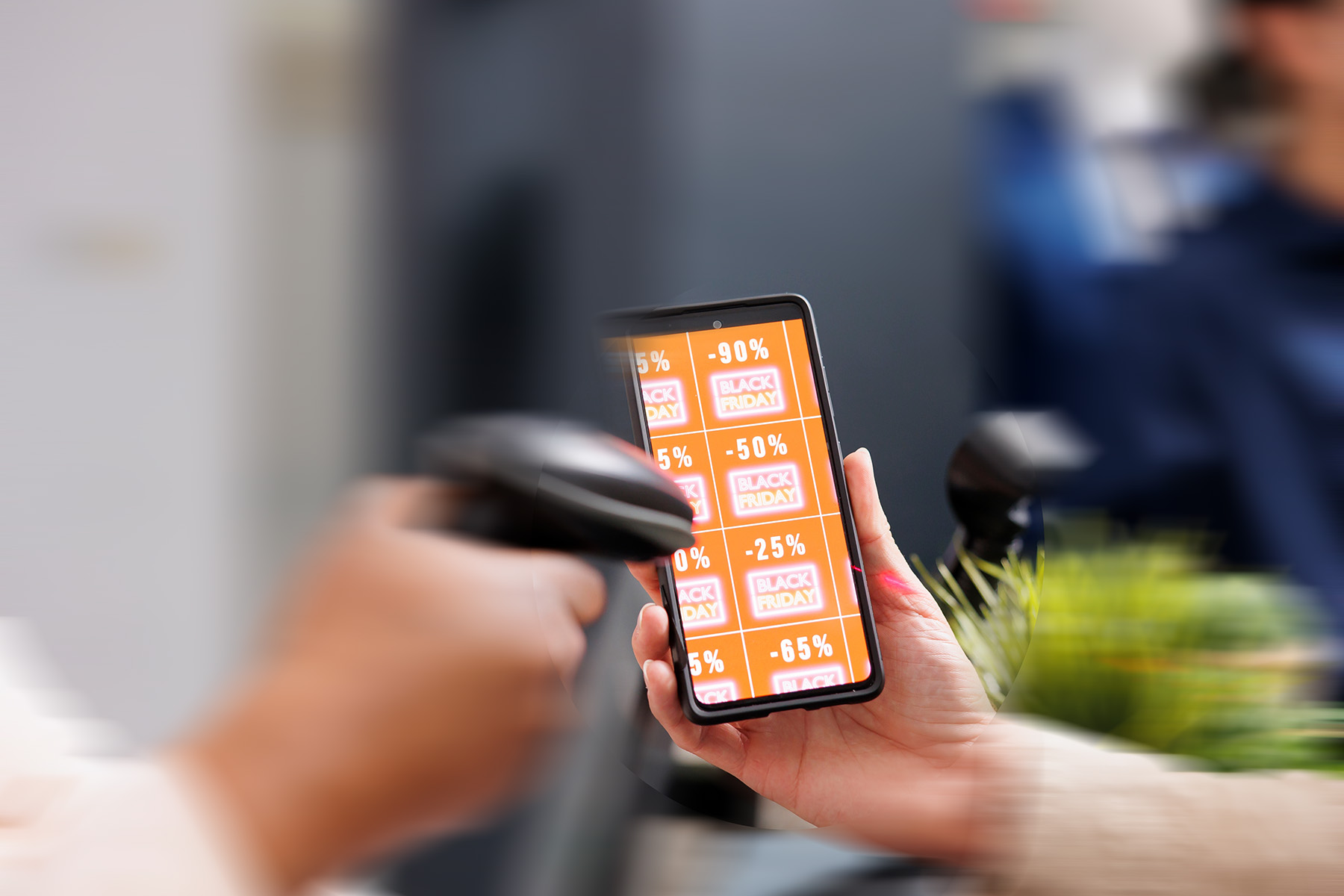In Partnership With Business Reporter
As The Third-Party Cookie Fades Away, Marketers Are Seeking Innovative Solutions To Help Them Step Into The New Marketing Era.
According to the Interactive Advertising Bureau (IAB) State of Data 2020 report, 57.1 per cent of respondents stated they have already increased their use of first-party data for targeting over the past 18 months. Additionally, the use of first-party and contextual data for targeting has increased as marketers look to make better use of the data-driven transformation in a privacy-compliant way.
Among the varied tactics and technologies surfacing in the post-cookie world, contextual targeting is once again making headlines, and for good reason. By design, this cookieless solution is not only privacy compliant, but built around the concept of in-the-moment marketing.
Contextual advertising in and of itself, however, is not new: the original method of keyword targeting was previously a favoured tactic for marketers looking to reach the right audience in “brand safe” environments. Yet, as we transition into new waters, we are seeing a resurgence in its popularity, while acknowledging that keyword-based targeting alone does not meet the needs of today’s sophisticated media buyers. The evolution of contextual targeting needs to move from being “yet another targeting tactic” to the driver of measurable outcomes.
Redefining context for the modern marketer
Marketers are seeking the same outcomes that they have done since the dawn of advertising: ensuring that their coveted brands will be seen at the right time, the right place, and in the right moment.
Context targeting (also referred to as suitability targeting) identifies in-the-moment marketing opportunities by analysing content along with the broad spectrum of data signals available to align consumer receptivity with the brand message. In fact, some studies suggest context targeting can increase purchase intent by 63 per cent when compared with audience or channel level targeting.
In a contextual paradox, this method is the exact opposite of “brand safety blocking” from the cookie-era, when it was all about negative avoidance, and has revealed one of the critical reasons why the tools of the last era are insufficient for modern marketer needs.
To identify in-the-moment marketing opportunities, next-gen context-targeting solutions must include a few key elements. First and foremost, they must be capable of analysing a variety of mediums with accuracy including text, video, audio and images – this is after all a generation that consumes ever-more content, with shifting and innovative formats across a plethora of connected devices. Secondly, marketers must extend their prior investment by leveraging targeting signals from their hard-earned first-party data. First-party data has a massive role to play in the new wave of contextual and is one of the richest forms of insight a brand can extract from. And lastly, and by no means least, marketers must look to optimise outcomes by turning campaign insights into actions that continuously drive increased performance.
Delivering outcomes through context
With the death of the cookie, the acknowledgement by Facebook that walled garden attribution is changing, and Google undertaking greater consolidation inside its ecosystem, we are at a unique moment in time where we can redefine the outcome to one that makes sense, is measurable and, most importantly, actionable.
Defining a digital media outcome as the closest point to the transaction which can be accurately measured and correlated back to advertising dollars is the best way to start. By defining the digital outcome as the closest point, we have built flexibility into the definition. It evolves with brands as they make investment choices in technology and partners while providing clarity to all who strive to build a better ecosystem together.
The great news is that these types of outcomes can now be achieved by using real-time contextual data signals, clearly redefining what a contextual platform should be able to do for marketers in the modern era.
Looking to the new wave of contextual intelligence
Now is the time for marketers to take a deeper dive into the contextual landscape as they ready themselves for the inevitable identity shift to fall into place.
What won’t change in the cookieless world is marketers’ need for differentiation. It won’t change the fact that publishers need funding from advertising to survive. And, perhaps most importantly, consumers will still want personalised advertising and content experiences, tailored to them, their needs and preferences, while feeling protected against data fraud. Contextual targeting and the advancements wrapped around innovative solutions today stands strong as a solution for each of these needs, offering marketers more confidence that their ads are relevant, safe and suitable.
As the programmatic industry evolves it is time to work together to push the creative boundaries for clients and campaigns, and what better place to begin than delivering true marketing outcomes through the power of context.











